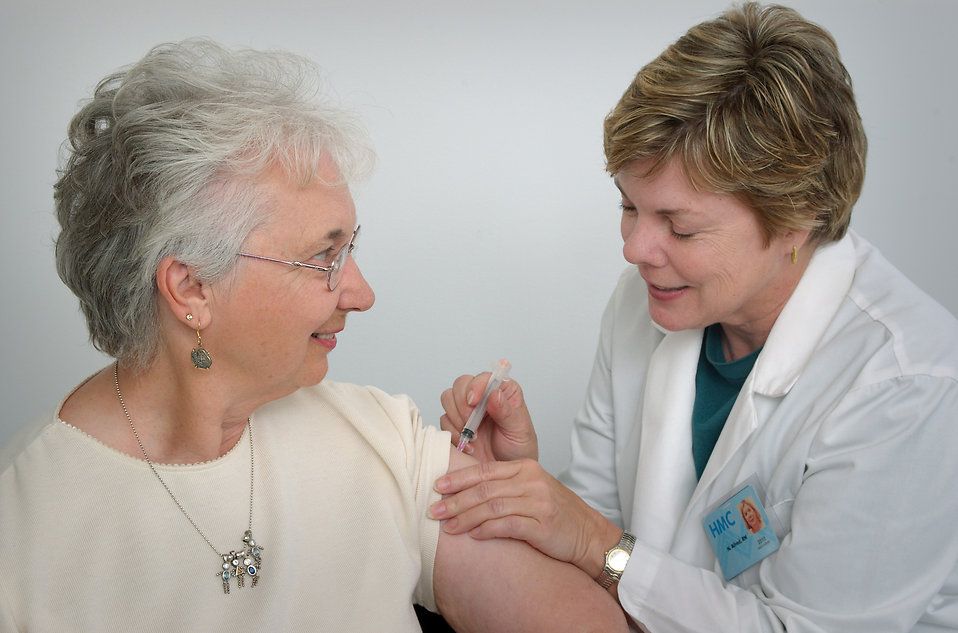The birth rate among Danish women is dangerously low, according to a recently-published report from the Copenhagen hospital, Rigshospitalet. The 57,916 children born in 2012 represent the lowest number in several years. By comparison, more than 65,000 children were born in 2008.
Even though most couples, when asked, say that they would like to have two or three children, more than one in five couples end up childless and the current rate of 1.7 children per family is not enough to maintain the current population.
Part of the problem is that there are fewer women in the country of childbearing age. Couples are also waiting longer to start families, which often makes conception harder, and recent studies have also pointed to low sperm quality in Danish men.
Researchers from Rigshospitalet encouraged the government to make it more attractive for young couples to start a family.
"Many wait too long to have children, creating a greater need for fertility treatments,” Søren Ziebe, a clinical supervisor at Rigshospitalet, wrote in the report. “There is a need to raise awareness, as the problem is approaching epidemic levels."
Ziebe and the other researchers pointed out that in the 1970s, the average age that a woman gave birth to her first child was 24 years old. Today, the average age is 29 and the number of women that are waiting until they are over 35 to conceive is increasing.
"The understanding that we are, reproductively speaking, very old when we reach that age, is being forgotten,” wrote the researchers. “We are living longer, but the period in which we should be having children remains the same.”
More and more couples are using fertility treatments to conceive. Every tenth child in the country is born after fertility treatments.
"Women are waiting longer, and that causes problems in getting the children they want, and fertility treatments do not always solve the problem," Katrine Bay, one of the researchers involved with the report, told Politiken newspaper.
Jørgen Grinsted, a doctor from the private fertility clinic Trianglen, confirmed that both the number of customers and the age of females seeking treatment are rising. Today, more than 40 percent of the women in his clinic are over 40 years old. In 2011, the clinic started fertility treatments for more than 2,000 women, compared to just over 1,000 in 2004.
Grinsted recommended that the government allow women to keep their eggs frozen at clinics for longer than the currently allowed five years. That would enable a healthy 23-year-old to freeze her eggs when young and use them when she was older and ready to have children.
"It would put women on more equal footing with men,” Grinsted told Politiken. “I believe that women should be allowed to keep their eggs frozen until they are 46, the last year they can get fertility treatments in Denmark.”
The Rigshospitalet researchers want parliament to establish a working group of professionals, government leaders and patients to work on the low birth rate problem.
Recently faced with a similar dilemma, Russian president Vladimir Putin is rumoured to have invited the R&B group Boyz II Men to sing their romantic ballads like ‘I’ll Make Love to You’ at a pre-Valentine’s Day concert in an attempt to inspire the populace to take matters into their ends and nudge up the birth rate.
Although it is unclear how much direct contact Putin had in booking the band, the idea that he was involved is not farfetched, based on some his earlier policies. In 2007, he started the ‘Mother Russia’ program that paid mothers who had a second child the Russian equivalent of 50,000 kroner. Thanks to the initiative, Russia's fertility rate has increased.













